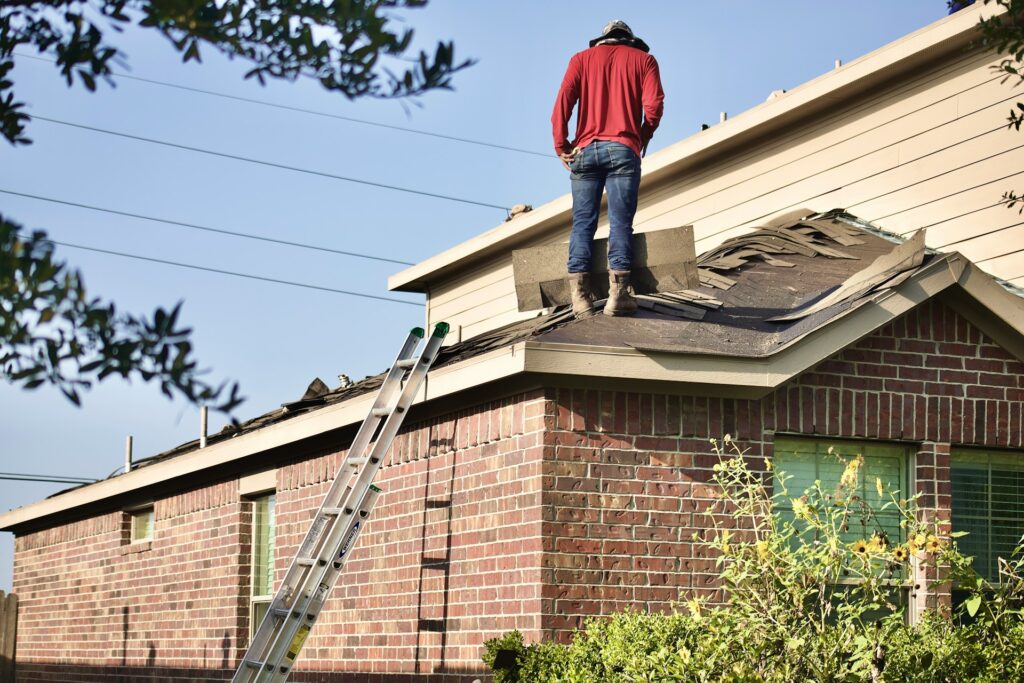
How Often Should Roofs Be Replaced?
The belief that a roof, once installed, can remain untouched for decades is a common misconception. Roofs are constantly exposed to harsh elements, whether searing summer sun, pounding rain, or winter freeze-thaw cycles. Most residential roofs, particularly those made with asphalt shingles, have an average lifespan of 15 to 30 years, depending on factors such as installation quality, weather exposure, and maintenance frequency. Even more durable materials, such as metal, tile, or slate, can face challenges that might require attention sooner than you expect. According to industry averages, storm-prone or high-sun regions can accelerate wear, making regular inspections key to preventing early roof failure.
Small issues, like cracked shingles, lifted edges, or curling, often signal underlying deterioration that, if caught early, can save thousands in repairs. For those who opt for versatile options like shingles reno, it’s important to understand that even robust products need periodic checks to ensure maximum lifespan and performance. A scheduled professional inspection every few years, even if leaks aren’t evident, allows homeowners to plan for repairs and replacement proactively, rather than scrambling in the wake of sudden damage.
The Truth About DIY Roof Repairs
Scrolling through social media or home improvement sites, it may seem like fixing a slipped shingle or patching a leak is a weekend project that anyone can handle. The reality is that working on a roof is not only physically dangerous, accounting for thousands of injuries each year, but also fraught with technical pitfalls. Many problems that appear minor on the surface, such as a small stain or a few missing granules, may indicate more significant hidden water intrusion. Attempting to caulk or nail down a solitary shingle risks masking the symptoms without addressing the root cause, leading to costly damage over time.
Common Misconceptions about Roofing Materials
Shopping for roofing can be overwhelming due to various materials and claims. Myths exist; for instance, many think metal roofs are noisy during rain or increase lightning risk. However, modern metal roofing includes insulation and coatings that reduce sound and improve safety. Another misconception is that all asphalt shingles work in any climate; in reality, extreme heat, hail, or wind can challenge even premium products. Budget-friendly options may perform adequately in normal weather but can fail in harsh conditions.
Objective reviews from Consumer Reports show some higher-cost materials outperform standard choices for longevity and energy efficiency. Innovative products such as impact-resistant shingles or clay tiles can dramatically reduce storm damage risks over time. It’s wise to consider regional weather patterns, building codes, and even local wildlife before choosing roofing material. Consulting with a knowledgeable roofer or an independent analyst ensures your investment is well-suited to your specific needs.
Is Walking on Your Roof Harmless?
Homeowners often walk on roofs to remove debris or inspect for problems, believing it is safe. However, footsteps can create hidden cracks, break seals, or flex sheathing, leading to gaps. Repeated movements can loosen shingles, break tiles, or damage waterproofing. This risk increases when shingles are warm or damp, making them more vulnerable. A better approach is to conduct visual checks from the ground or use binoculars to inspect hard-to-reach areas after storms. If you encounter issues such as missing shingles or sagging, schedule a professional inspection to avoid costly mistakes. Experts have the right safety gear and training to prevent injuries and roof damage.






